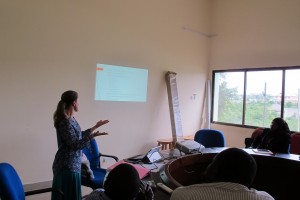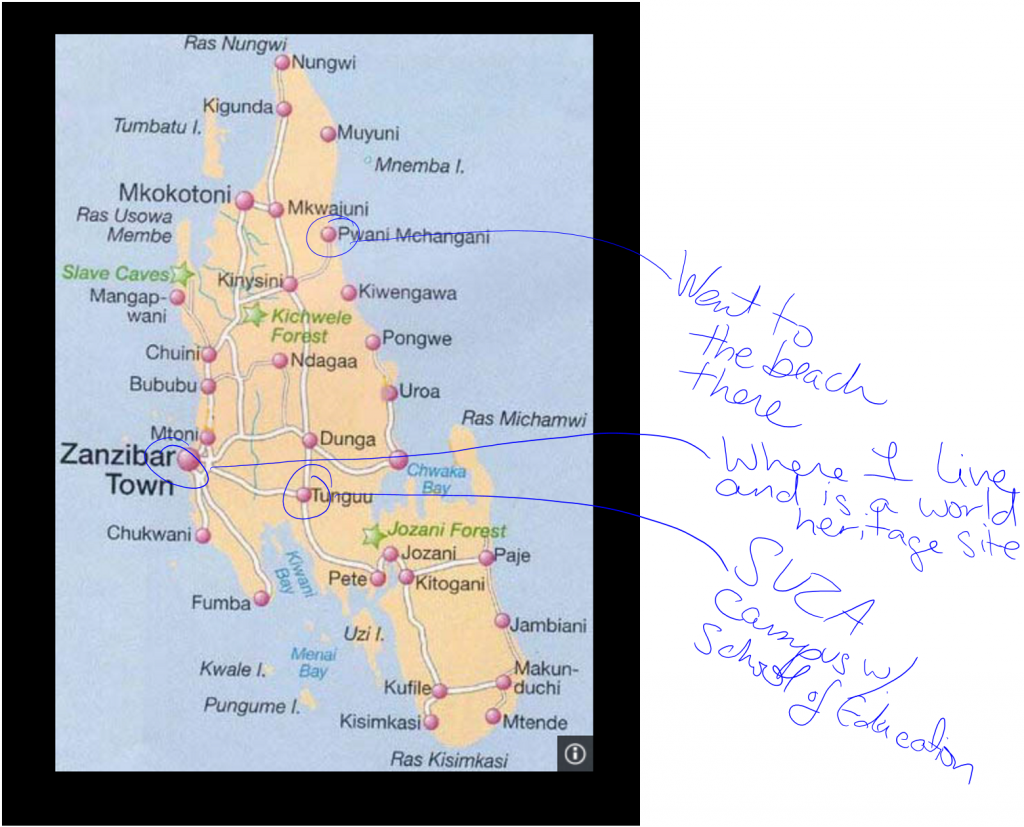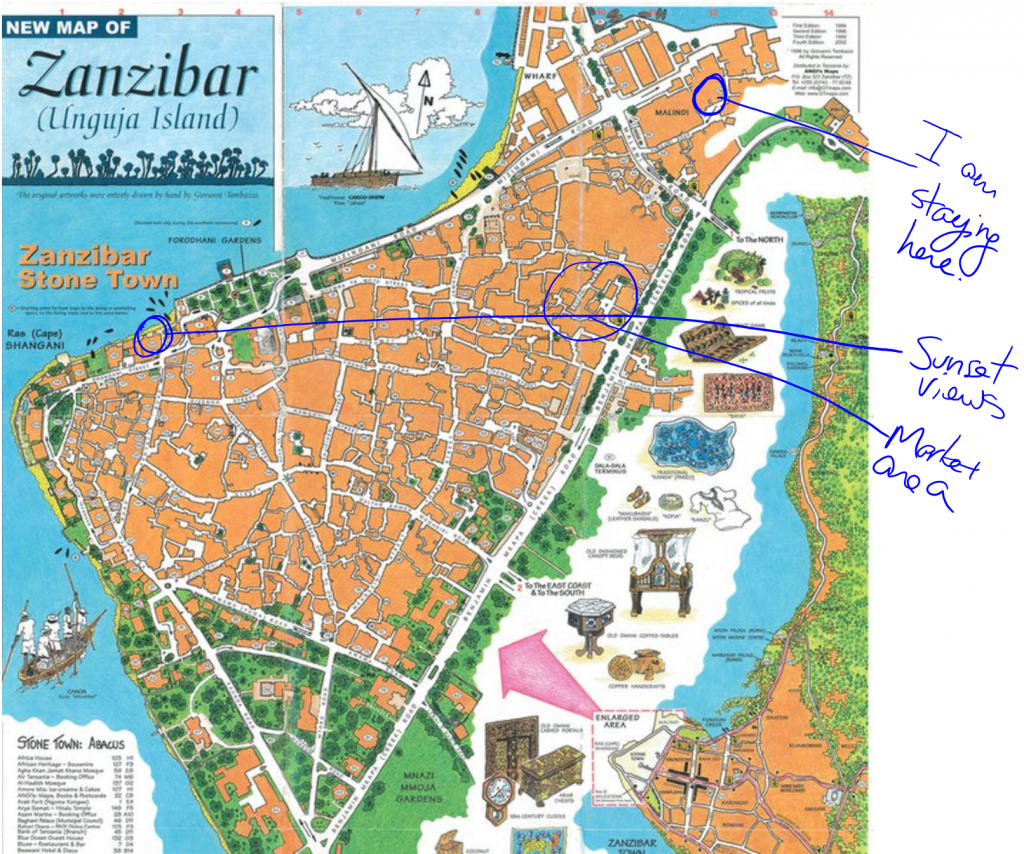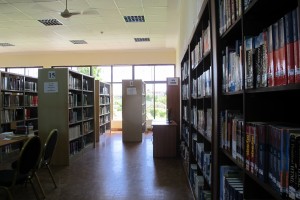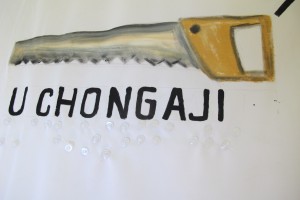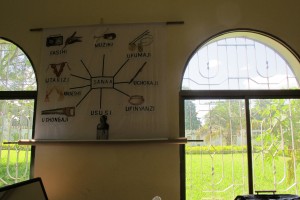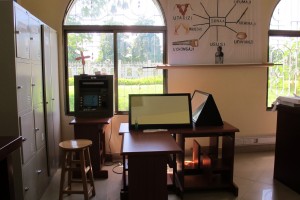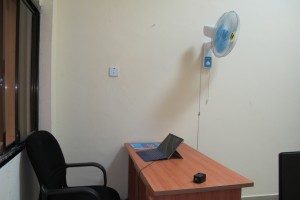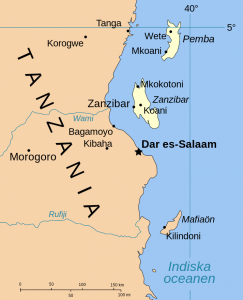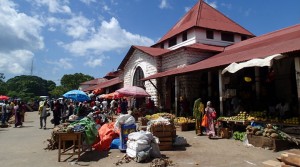Wow, it has been a busy week. One week ago on June 8 I gave a workshop for the education faculty and some outside partners on basics of early childhood curriculum and pedagogy. I also provided additional materials on Universal Design for Learning (UDL) and emergent curriculum.
On the second day (June 9), we did a little bit of the items I had prepared for the workshop, but in fact spent most of the time going over the draft curriculum for the new early childhood program and discussing some of the work I had done on it. One of the community stakeholders in the room was the director of the Madrassa Traning Centre where they have a certificate program to train early childhood teachers. In Tanzania, students can do a 1-2 year certificate program (first level of college if they didn’t do their advanced level work from the British system). After they finish that, they can do a diploma (the program we are developing) if they meet the academic criteria. A diploma is kind of like an Associate’s degree. The hope in the future is to expand and create a bachelor’s and master’s program, but this is the first diploma program on Zanzibar in early childhood education. It is a much anticipated degree program in the community and government.
I had a lot of fun doing the training and having the conversation with all the faculty and stakeholders about what they know and value and what is already happening in the community. For example, there was some disagreement about whether physical education was part of early childhood education and in what ways was it similar or different from play and games. In teaching courses, do we or how do we separate this? Furthermore, looking at the differentiation between play, sport, and games?
We also talked lot about active learning methodologies and implementing practical strategies in all pre-primary schools, including in schools where their mandated curriculum does not encourage play pedagogies. In Zanzibar, there is a mixed delivery system where children at the age of 4 and 5 can attend government schools, private childcare centers (often taught in English), and community-based centers. In addition, madrassas or Islamic religious educational institutions have long been part of the early childhood landscape here, but are both private and community based, depending on the area. It seems to be that madrassas are the most numerous of the early childhood centers, but I should point out that they are not the only place where religion is taught. Because Islam is such a fundamental part of the Zanzibar culture and currently 99% of the population are Muslim, religion is taught in government schools as well. On the mainland of Tanzania, religion is taught in the government schools and some private schools and children choose to participate in Christian or Muslim classes based on their family’s religion.
I can see many wonderful things happening here in the development of the early childhood program and the application of active learning methodologies, using play for learning, and cooperative learning in the college classrooms. Here is a preview of posts to come about classrooms.
Another discussion in the stakeholder meeting with faculty that extended to other conversations later in the week involved the language of instruction in pre-primary classrooms. It seems that in government and madrassa schools, the language of instruction is Kiswahili but children learn English as a subject multiple times a week and in the madrassa they also learn Arabic as a subject. One of the purposes of private schools in Tanzania in general is to offer families a school in English. Theoretically, classes are all in English from the first class whether pre-primary or primary school. But, since English is rarely spoken at home and often not fluently by parents, it is hard for children to start in English exclusively. Only families with the highest levels of education and/or families where parents and children have lived overseas speaking English is fluent or proficient English present. Based on my anecdotal observations, people who have a bachelor’s degree or higher and/or work in levels of influence in the government education office, have stated that English should not be a medium of instruction at this early age and children should focus on learning and content knowledge in Swahili. English can be a subject, but even too much English or Arabic can get confusing for the child. My personal belief is that children should learn in Swahili based on my reading of the research. They can learn other languages later. If they are able to learn them from fluent speakers and practice both to be truly bilingual, that could be different, but that is a very small percentage of families. But, I was told but multiple people that the reason they teach English and Arabic as subjects is because the parents demand it and think their children can learn to speak fluent English when they leave pre-primary.
My colleagues and I plan to do some work and maybe write an article looking at this issue and the research and look for ways to educate parents and the community on best language practices.
This is a really long entry on my thoughts. Upcoming entries may not be in order of events but I will share my visits to early childhood centers, attending a graduation, a concert, and another super fun beach trip with my colleagues from the school of education. I will leave you with gratuitous photos of the sunset and water because I love it.

